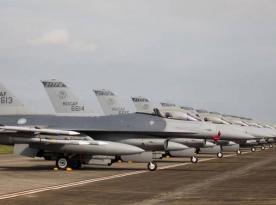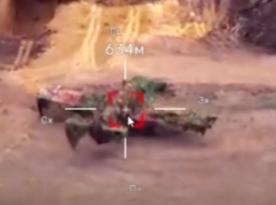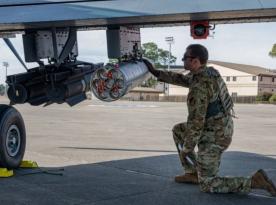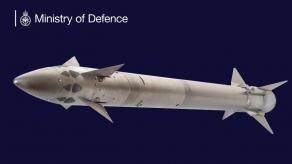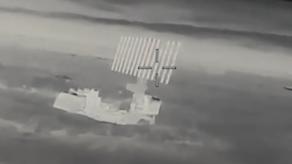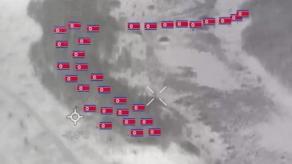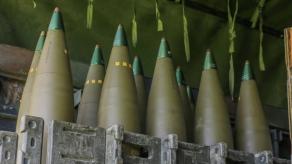North Korea has undoubtedly reached new levels in replicating the appearance of Western, particularly American, military technology. The latest example is an unmanned aircraft showcased by Pyongyang, which is an almost exact copy of the Northrop Grumman RQ-4 Global Hawk strategic reconnaissance drone.
Furthermore, this replica even took to the skies. Its unveiling was part of a demonstration for dictator Kim Jong Un of North Korea’s progress in UAV development. The event also featured previously displayed copies of the Israeli Harop and Hero 400 loitering munitions.
Read more: north Korea’s New AEW&C Aircraft Outperforms russia’s A-50 and A-50U (Photos)
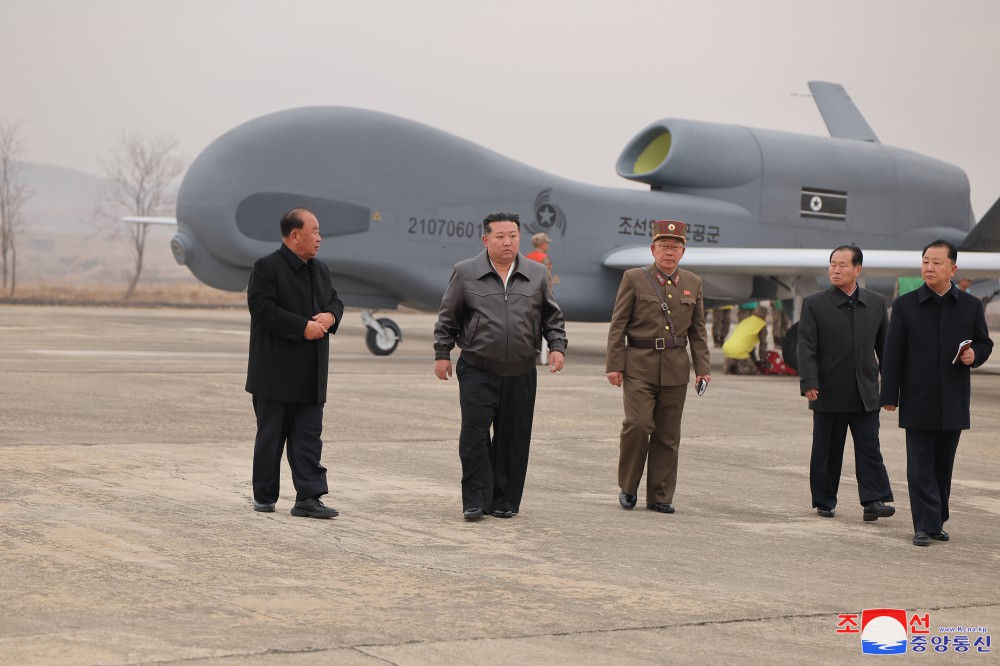
The first iteration of this RQ-4 copy was revealed in January 2024, although the photos were taken in mid-2023. Since then, it has undergone significant modifications, achieving a striking resemblance to the original, despite being assembled from components of J-7, a Chinese-made MiG-21 clone. Most significantly, the latest version has now been airborne.
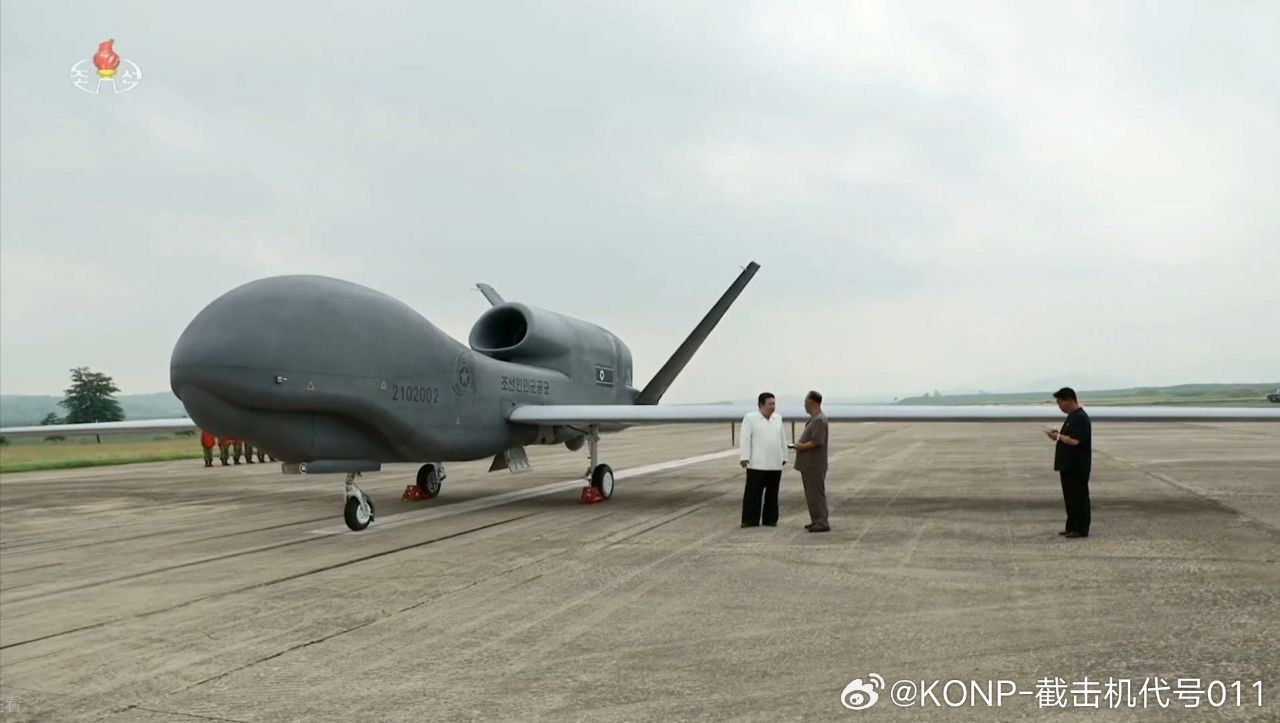
The level of detail in replicating the RQ-4 Global Hawk is remarkable. Not only have the general shape, dimensions, and contours been reproduced, but even the fuselage panel layout and markings are nearly identical.
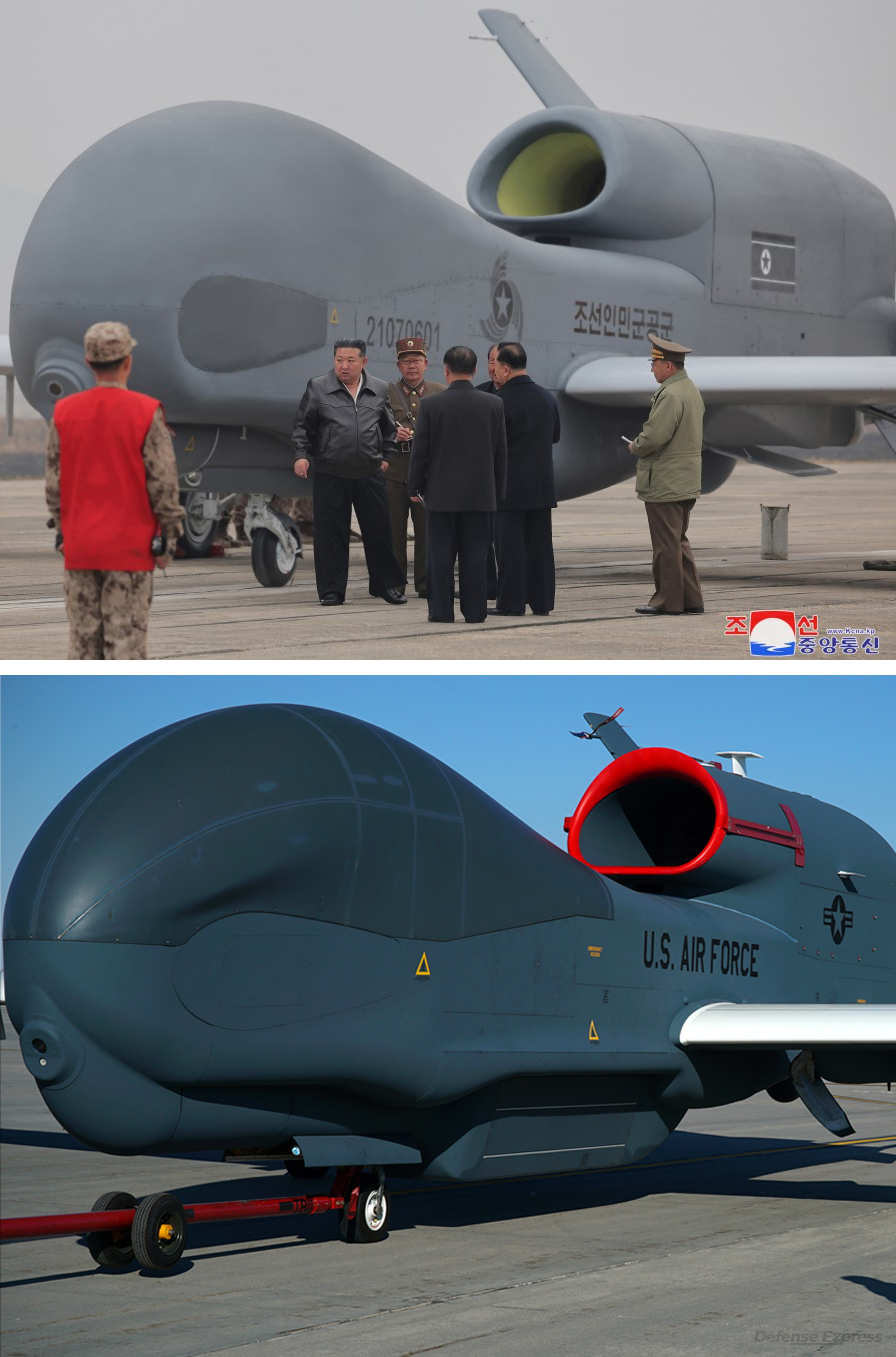
Without specific insignia, distinguishing the North Korean version from the original is objectively difficult. However, this achievement represents the pinnacle of cargo cult in the DPRK military, when the form is repeated, not the essence.
That is because the design of any aircraft, and especially one like the RQ-4 Global Hawk, is dictated by the contents, i.e. the onboard systems hiding under the surface.
The shape of the fuselage, wingspan, engine selection, and fuel capacity are all determined by the weight and dimensions of the core reconnaissance equipment. Taking into account the target performance requirements, the creators found a fragile balance of all engineering and design solutions.
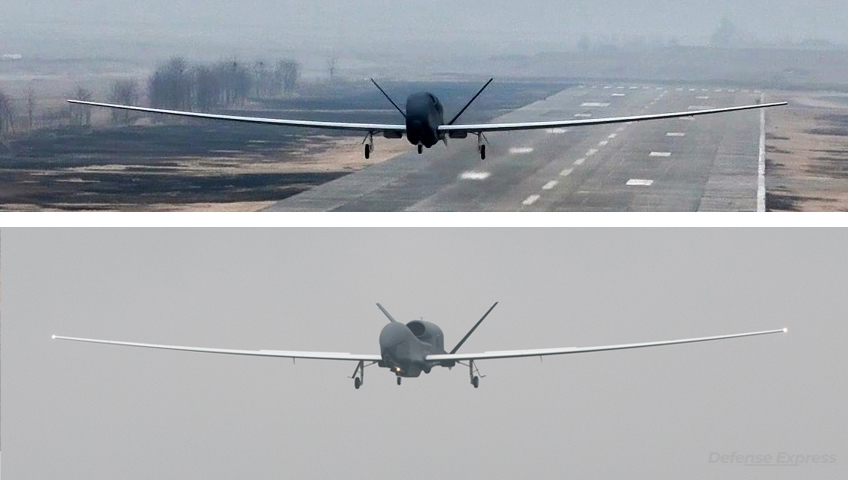
For instance, the distinctive "hump" on the nose of the Global Hawk houses a parabolic antenna for military satellite communications, enabling high-speed data transmission. Worth noting, though, North Korea might have consciously copied that part, considering the reports of Pyongyang using Chinese satellites for communication.
Beneath the fuselage of the real RQ-4, confined in a long container pod, is its core sensor suite, the Hughes Integrated Surveillance & Reconnaissance radar system.
This active phased-array radar, operating in synthetic aperture (SAR) mode, can detect and recognize objects against the ground at an estimated range of 100 km with a resolution of 1.8 meters. However, even this capability is based on older data, as the RQ-4 has since undergone multiple upgrades.
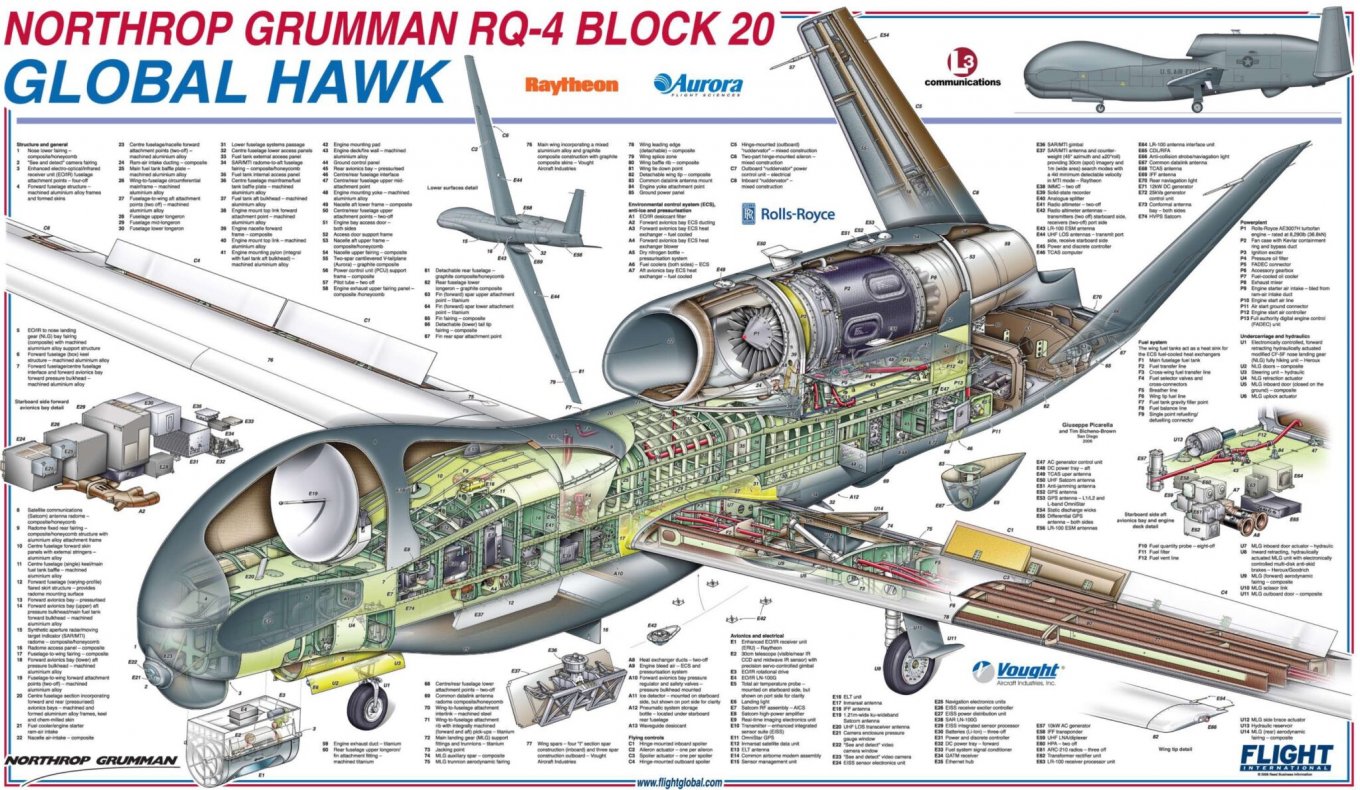
The question of whether North Korea has managed to replicate these advanced systems — or even produce a functional equivalent — remains rhetorical.
Even sourcing technology from China would be difficult, as the Chinese counterpart to the RQ-4, the WZ-9 Divine Eagle, features an entirely different, door frame–like design. This unconventional shape was the only way to fit the available radar inside.
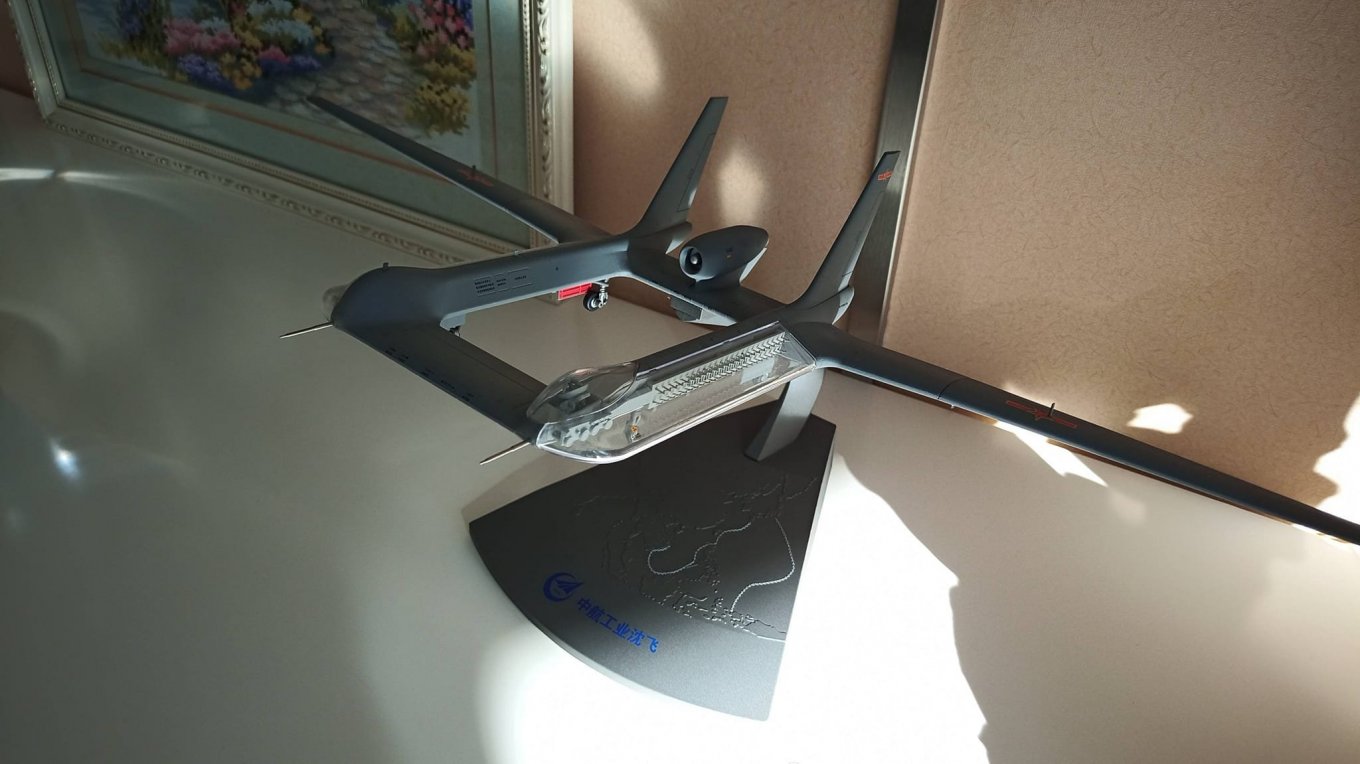
Thus, without a comparable radar, any replica of the RQ-4 Global Hawk is merely a shell, lacking the reconnaissance advantages that define the original.
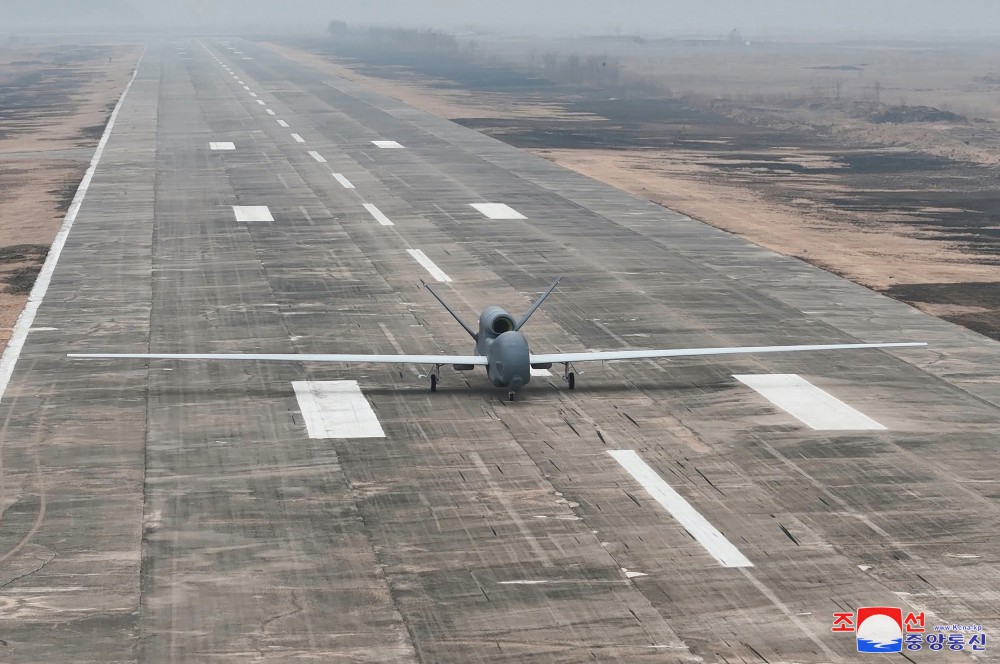
Read more: Taiwan Follows in Ukraine's Footsteps and Develops Own Naval Drones





